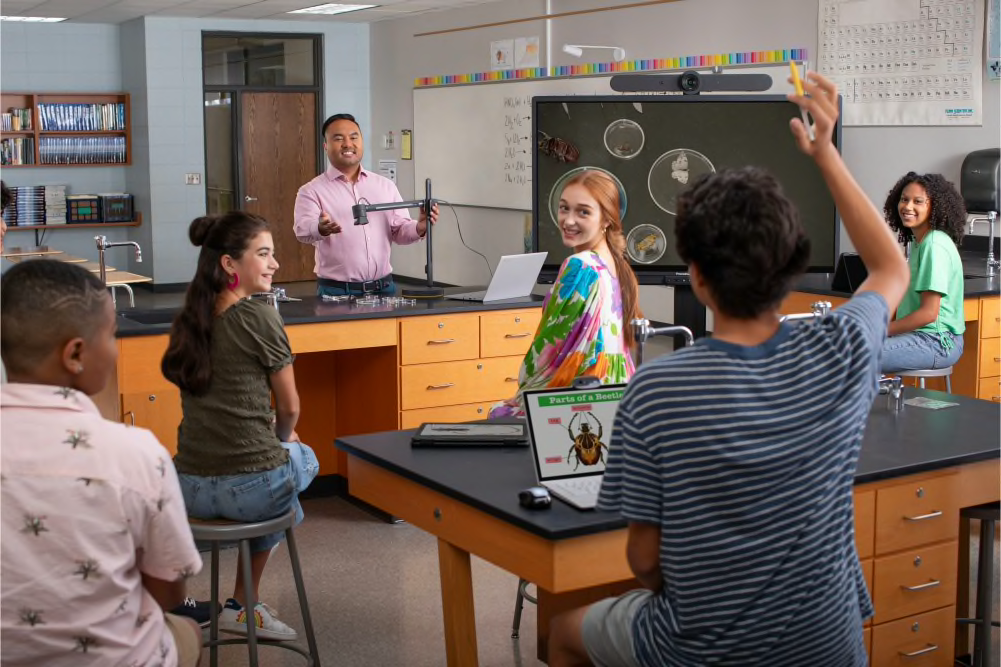Blog
Straight from the Source: Classroom Insights Mean Better Investments

4 tips for soliciting feedback from students and educators for smarter edtech purchases
K-12 schools spend up to $41 billion on edtech annually, but many of those tools are not used often. 1 in 6 educators say technology ends up sitting on the shelf because of the troubleshooting time it requires, while 81% say edtech isn't being used to its full potential. These stats reveal a challenge but also point to a possible solution: user feedback. If school leaders want to confidently choose solutions that stay in learners’ hands — not on the shelf — they can consult end users to find out what their unique needs, preferences, and struggles are. These are our top four tips for soliciting feedback about edtech, so that schools can make better investments and provide enhanced learning opportunities to their students.

3. Observe users in action
Observing classrooms first-hand allows IT administrators to discover factors that survey respondents might not have thought to bring up. Students and educators are masters of edtech hacks, and there’s a lot to learn by watching them go through their daily routines. Try to figure out what tools are sitting on the shelf most, and where learning time is being lost. If there’s tape on all the headset cords, maybe it’s time to consider a solution like the Logitech Zone Learn Wired Headset, which features replaceable cords. If educators are engineering awkward content camera setups with stacks of books, maybe they’d benefit from something like the Logitech Reach Webcam and Overhead Camera, which can easily be moved closer to or farther away from content with one hand. Use observations to get a sense of priorities and guide future purchase decisions.
4. Crunch the numbers
By asking questions around numbers, or collecting data themselves, IT administrators can gain key insights and help extend the life of investments. How many hours a day do students use a solution? How many help tickets for a certain tool are submitted compared to other tools? How many units of a certain solution need to be replaced each year, and what is the cost? Once the answers form a solid database, schools can make smarter investments and also draft help sheets for each solution (see the Logitech Pen deployment best practices for an example).
When trying to understand how edtech affects the learning experience, it’s a good idea to ask the people in the classroom. Students and educators who use edtech day after day have a wealth of insights to offer, and their feedback should be treated as a resource for schools to match future decisions to user needs. That way, with each decision, educators can be confident they’re choosing excellent solutions designed to eliminate difficulties, add value, and elevate education.
To learn more about Logitech's suite of education solutions, go to
https://www.logitech.com/education.html
Let’s Talk
Learn more about how Logitech can help you shape the future of education.
Contact Sales
THANK YOU FOR CONTACTING US
A product expert will reach out to you shortly.